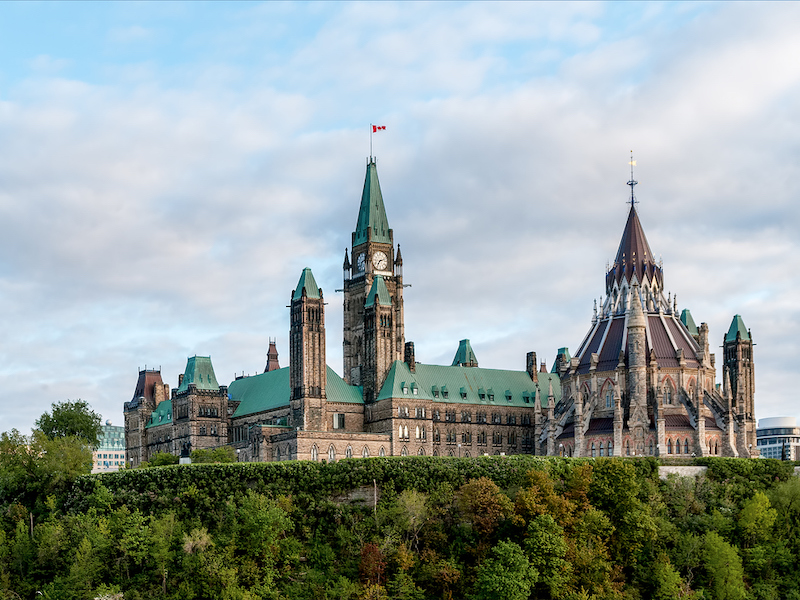
The parliamentary budget officer is projecting the economy will slow considerably in the second half of 2022 and remain weak next year as the Bank of Canada continues to raise interest rates.
In his latest economic and fiscal outlook released Thursday, budget watchdog Yves Giroux said he expects the Bank of Canada to raise its key interest rate to 4% by the end of the year, a move which is in line with financial markets’ expectations.
Economists are anticipating an economic slowdown as higher interest rates slow spending by people and businesses.
Since March, the Bank of Canada has raised its key interest rate from 0.25 % to 3.25% in an effort to combat inflation. Canada’s annual inflation rate was 7.0% in August.
The housing market has already begun cooling in response to higher interest rates, but the full effect of the central bank’s rate hikes will take more time to work its way through the economy.
The PBO report also projects the unemployment rate will rise to 5.8% by late 2023 before falling again. That increase is moderated by decreases in the labour force participation rate as more Canadians retire.
Statistics Canada’s September job report showed the labour market was still tight, with the unemployment rate at 5.2%.
As inflation slows and heads toward the central bank’s target of two per cent, the PBO expects the Bank of Canada to begin lowering interest rates toward the end of next year, bringing its key rate down to 2.5% by the end of 2024.
The outlook also estimates the federal deficit will decline to $25.8 billion, or 0.9% of GDP, for the 2022-23 fiscal year.
The deficit was $97 billion, or 3.9% of GDP, during the prior fiscal year.
Assuming no new measures are introduced and existing temporary measures expire as expected, the PBO estimates the deficit will decline further to $3.1 billion, or 0.1% of GDP, by 2027-28.
The PBO’s latest deficit projection is lower than what it had forecast in March, largely due to tax revenues being higher than anticipated.
The PBO is also projecting that by 2027-28, the federal debt-to-GDP ratio will decline from its peak in 2020-21, but still remain above pre-pandemic levels.
The report said that as interest rates rise, the debt service ratio, which is public debt charges relative to tax revenues, will peak at 11.5% in 2024-25 before declining gradually.
The PBO said the uncertainty surrounding the report’s projections is high. It outlined various risks to its forecasts, including tighter monetary policy causing a more severe economic slowdown, inflation persisting longer than expected and higher fiscal spending.
“With the synchronized tightening of monetary policy by major central banks around the world to reduce high inflation, there is a risk of a more severe global slowdown, which would negatively affect the Canadian economy and federal finances,” Giroux said.